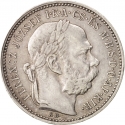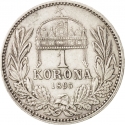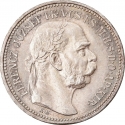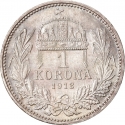You are about to finish your registration. Please check your mailbox (including spam folder). There should be a letter with a confirmation link. Check setting to make sure that your e-mail address is correct.
Send letter againDescription
Franz Joseph I or Francis Joseph I (1830–1916) was Emperor of Austria, King of Hungary, and ruler of the Habsburg monarchy from 1848 until his death in 1916. Initially governing the Austrian Empire, he later established the dual monarchy of Austria-Hungary in 1867. During his reign, he resisted constitutionalism and faced significant territorial losses in the Second and Third Italian Wars of Independence and the Austro-Prussian War. Notably, he agreed to the Austro-Hungarian Compromise of 1867, granting greater autonomy to Hungary.
Franz Joseph's reign was marked by personal and political challenges, including the execution of his brother Emperor Maximilian I of Mexico, the suicide of his son Rudolf, and the assassinations of his wife Elisabeth and his nephew Archduke Franz Ferdinand. The latter's assassination in 1914 precipitated World War I. His annexation of Bosnia and Herzegovina in 1908 and subsequent conflicts in the Balkans further strained international relations. Franz Joseph ruled for nearly 68 years, succeeded by his grandnephew Charles I & IV.
Engraver: Filip Edmund Beck
Obverse

|
Depicts Emperor Franz Joseph facing right, wearing the Holy Crown of Hungary and the Hungarian coronation mantle, surrounded by the inscription "In memory of the thousand-year-old Hungary 1896." The denomination below. AZ EZERÉVES MAGYARORSZÁG EMLÉKÉRE 1896 |
|---|---|
Reverse

|
Depicts a group of Hungarian conquerors. The depiction is based on a detail from Árpád Feszty's painting "The Arrival of the Hungarians." In the center is the conquering leader Árpád on horseback, to his left is the Goddess Hungária holding a palm branch, and to his right is a group of conquering soldiers. |
| Edge |
Depicts the personal motto of the Emperor as Apostolic King of Hungary: "My faith is in ancient virtue." BIZALMAM AZ ŐSI ERÉNYBEN |
1 Korona
Millennium of Hungary
KM# 487 Unger# 1496 Huszar# 2215 Adamo# K5.2
Millennium of Hungary





